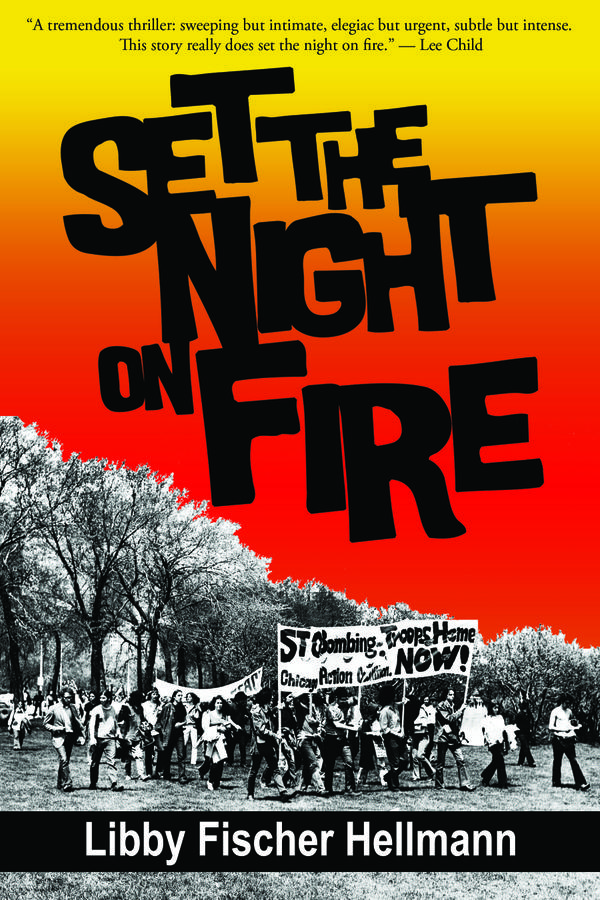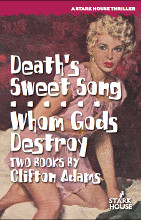If
there’s one subset of movies that not only doesn’t require a big budget and big
stars but actually benefits from lower budgets and lesser known stars, it’s
film noir. It doesn’t mean you can’t have great noirs of the big budget
variety, and we have, from The Maltese Falcon to Out of the Past
and dozens in between, before, and after. It just means that sometimes
noir can function exceedingly well when done on the cheap. One of the
best noirs of the forties is Anthony Mann’s Raw Deal. In the best
decade ever for noir, it stands out even among the greats. That it didn’t
get the recognition it deserved at the time now feels like Anthony Mann’s other
raw deal.
All
noirs take place in another world. They take place in a world filled with
shadows, broken dreams, dangerous men, and even more dangerous women. The
great thing about noir is that the best of them feel like horror movies as much
as crime movies. Raw Deal is no different. In its opening
shots, of Joe Sullivan (Dennis O’Keefe), in the visiting room at the prison,
talking with social worker, Ann (Marsha Hunt), the music strikes an eerie tone,
a minor organ note, held as it wavers, like the kind one hears in a horror
movie when the hero is lost in the woods and danger approaches. The
lighting of the scene is ghost-like, muted light and soft focus, and the angle
of the shot, a forced perspective as we look down the table behind Joe and Ann,
is ominous. It’s a great opening and sets the feel for the movie, a
feeling of being trapped that the isolated visiting room conveys perfectly.
Here’s
the setup: Joe’s in prison because he took the fall for Rick Coyle (Raymond
Burr) and Ann, the social worker, visits him regularly in an attempt to
rehabilitate him. Pat (Claire Trevor) is Joe’s girl and comes to him with
a plan setup by Rick to break Joe out of jail. Only Rick doesn’t actually
want Joe out. As he reveals to his right hand man, Fantail (John
Ireland), he’s expecting Joe to get killed in the jailbreak, at which point he
won’t have to worry about Joe finding out he double-crossed him. He’s
even greased some of the guards at the prison to make sure Joe doesn’t make it.
Problem is, Joe makes it. Pat drives the getaway car but only gets
as far as the suburbs because the gas tank got hit with bullets from the break
and all the gas has leaked out. That’s when Joe gets the idea to kidnap
Ann and her car to head out of town, on their way to meet up with Rick.
This puts the three of them together in one of the great noir triangles,
where the femme fatale may be Pat or Ann, or both. The film builds to a climax
as taut as any thriller you’re likely to see with a few twists of plot along
the way and a moral choice by Pat that’s framed as beautifully as anything I’ve
ever seen.
Anthony
Mann gained a reputation for lean, muscular filmmaking, a reputation he built
quickly in the forties. What does that mean exactly? Well, in Raw
Deal, it means he took characters not fleshed out by monologues and
dialogue, with only hints of backstory, and working with extraordinary
cinematographer John Alton, crafted characters out of light and shadow, and
story out of cuts and cues. While the Pat character narrates the movie,
sometimes in the present (“we’re driving to the coast…”), sometimes in the past
(“I felt a little confused…”), she reveals little about anything. Her
narration is just another way to set the mood rather than tell the story.
With Mann, action is the story.
for the rest go here:
http://moviemorlocks.com/2014/03/30/anthony-manns-raw-deal/
http://moviemorlocks.com/2014/03/30/anthony-manns-raw-deal/





